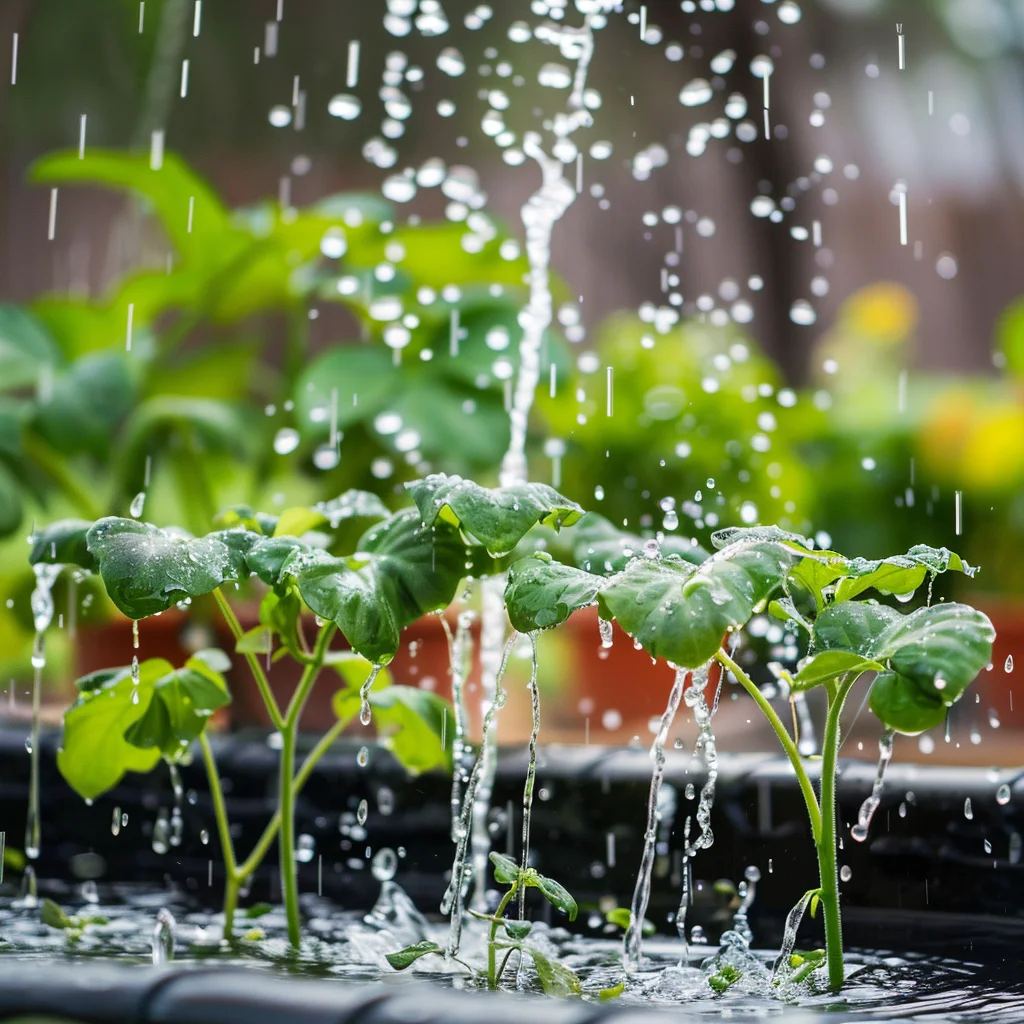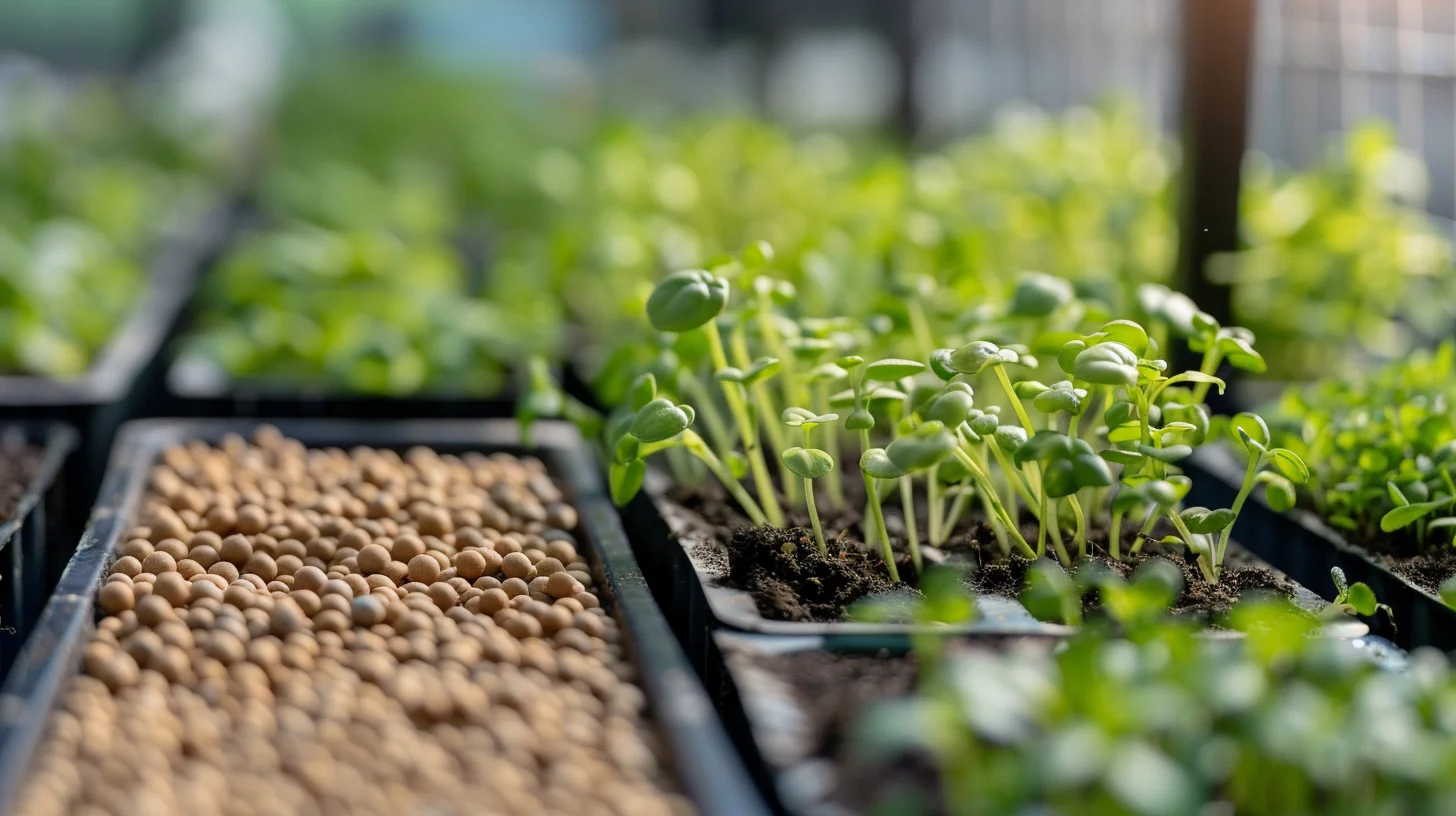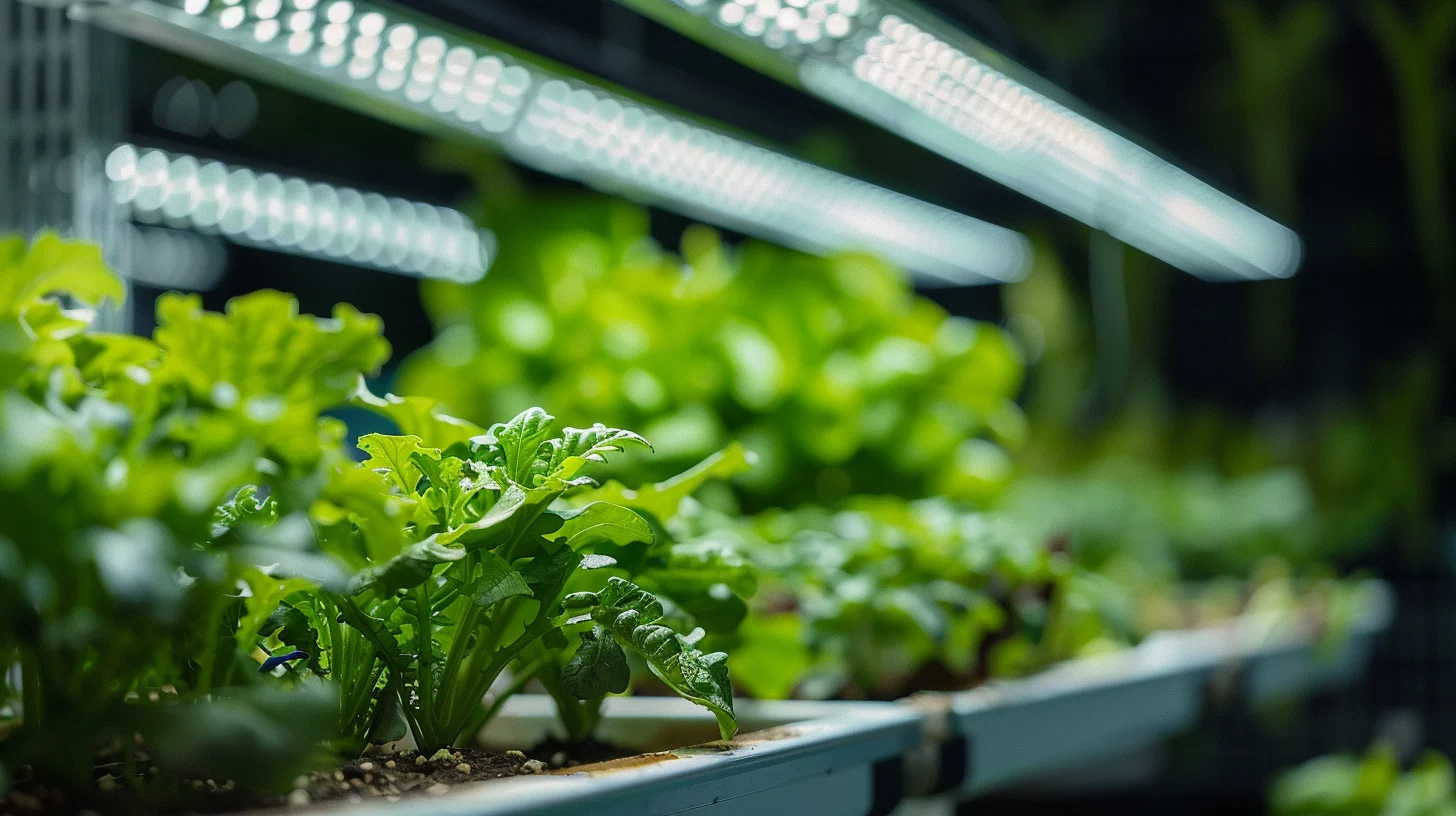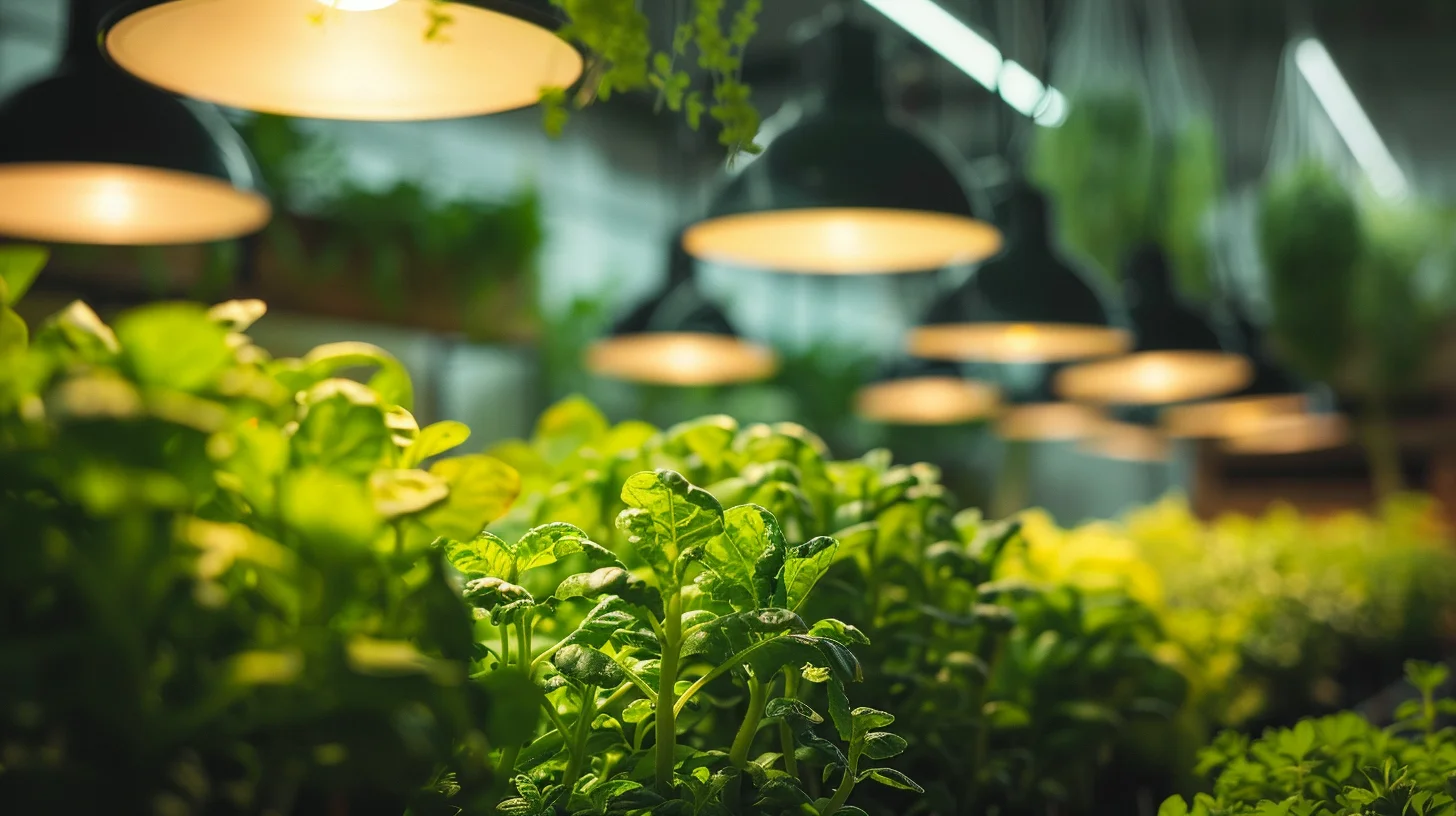As climate change and drought conditions create global water scarcity issues, sustainable agriculture practices are more crucial than ever. Innovative farming methods aim to produce more crops while using fewer natural resources like water. Many home and commercial gardeners have started adopting hydroponic technology but wonder – does hydroponics use less water than traditional in-ground gardening?
Hydroponics is the method of growing plants without soil, using mineral nutrient solutions in water. The nutrient-rich water delivers essential elements directly to the plant’s roots. With less need for irrigation water to penetrate soil, hydroponics has the potential to save water. However, different types of hydroponic systems utilize water differently. Understanding the range of hydroponic techniques available can help growers choose the most water-efficient hydroponic solution.
This article will provide a deep-dive into various hydroponic setups and how they compare to traditional gardening’s water usage. Key questions we will answer include: How do closed-loop and run-to-waste hydroponic systems differ in water consumption? What specific types of hydroponics, like aeroponics or aquaponics, are most and least water-efficient? What factors like environmental controls and nutrient management affect the water savings potential of hydroponic gardening?
Understanding Hydroponic Water Use
There are two main types of hydroponic systems:
- Closed-loop systems recirculate and reuse the nutrient solution, losing only water through transpiration and evaporation. These are very water efficient.
- Run-to-waste systems use the nutrient solution once before draining and replacing it. These tend to use more water.
Popular hydroponic setups include:
- Water Culture: Plants grow with roots submerged in an aerated nutrient solution.
- NFT (Nutrient Film Technique): A shallow stream of nutrient solution runs through growing channels.
- Drip Systems: Nutrient solution is dripped right onto the root zone.
- Aeroponics: Plant roots are misted with a nutrient solution. Very water efficient.
- Aquaponics: Fish waste fertilizes plants grown hydroponically. Water is recirculated.
Recycling and reusing the nutrient solution, whenever possible, drastically reduces hydroponic water usage.
Comparing Hydroponics and Soil Water Use
Traditional soil-based agriculture is a water-intensive process. Key statistics:
- 70% of the world’s freshwater goes towards irrigating crops.
- Flood irrigation of fields can use 20,000 gallons per acre per day.
- Drip irrigation of crops may use around 5,000 gallons per acre per day.
Because hydroponics is conducted indoors in a controlled environment, it uses much less water than field agriculture per unit of produce grown.
Other water savings:
- No water evaporates from bare soil since there is no soil.
- Enclosed systems have minimal evaporation.
- Nutrient solutions can be applied in precise concentrations right at the root zone.
Hydroponically grown plants also tend to be more productive in terms of growth rate and yield than soil grown plants when optimized correctly. This allows hydroponic systems to produce more crops per gallon of water used.
Tips For Optimizing Hydroponic Water Efficiency
To maximize water efficiency for your hydroponic system:
- Select recirculating systems like NFT or aeroponics for lowest usage.
- Use timers and automation to minimize waste from leaks or overflows.
- Monitor electrical conductivity (EC) and pH to reuse solutions.
- Install covers to reduce evaporation from reservoirs.
- Choose appropriate system, grow media, and crop varieties.
| System | Water Usage |
| – | – |
| Aeroponics | Very Low |
| NFT | Low |
| Water Culture | Moderate |
| Run-to-Waste | High |
Examining Specific Hydroponic Methods
The amount of water used by hydroponic systems depends greatly on the specific equipment and techniques used:
Water Culture
The plant roots grow directly in the nutrient solution, which must be continuously aerated with air pumps. Evaporation can be high if reservoirs are not covered. However, the nutrient solution can be reused for multiple cycles in closed-loop systems before replenishing.
NFT Channels
A shallow stream of nutrient solution runs through growing channels. This exposes roots to moisture and oxygen. Solution recycling allows very low usage, estimated around 1/20th that of soil farming.
Drip Irrigation
A timer controls a drip emitter or sprayer that delivers nutrient solution directly to the base of each plant as needed. Excess can be recovered, but some water is lost to evaporation.
Aeroponics
Plant roots hang suspended in air and are misted with a fine nutrient solution spray. Very little water is lost aside from plant transpiration. NASA has used aeroponics for space plants.
Aquaponics
Fish are raised in tanks integrated with hydroponic plant production. Fish waste provides organic plant nutrients. Only water lost is through plant/fish uptake and evaporation, but systems must be actively monitored.
Vertical Farming
Crops are grown stacked in layers to maximize production area. When integrated with hydroponics and indoor lighting, water can be precisely applied and recaptured.
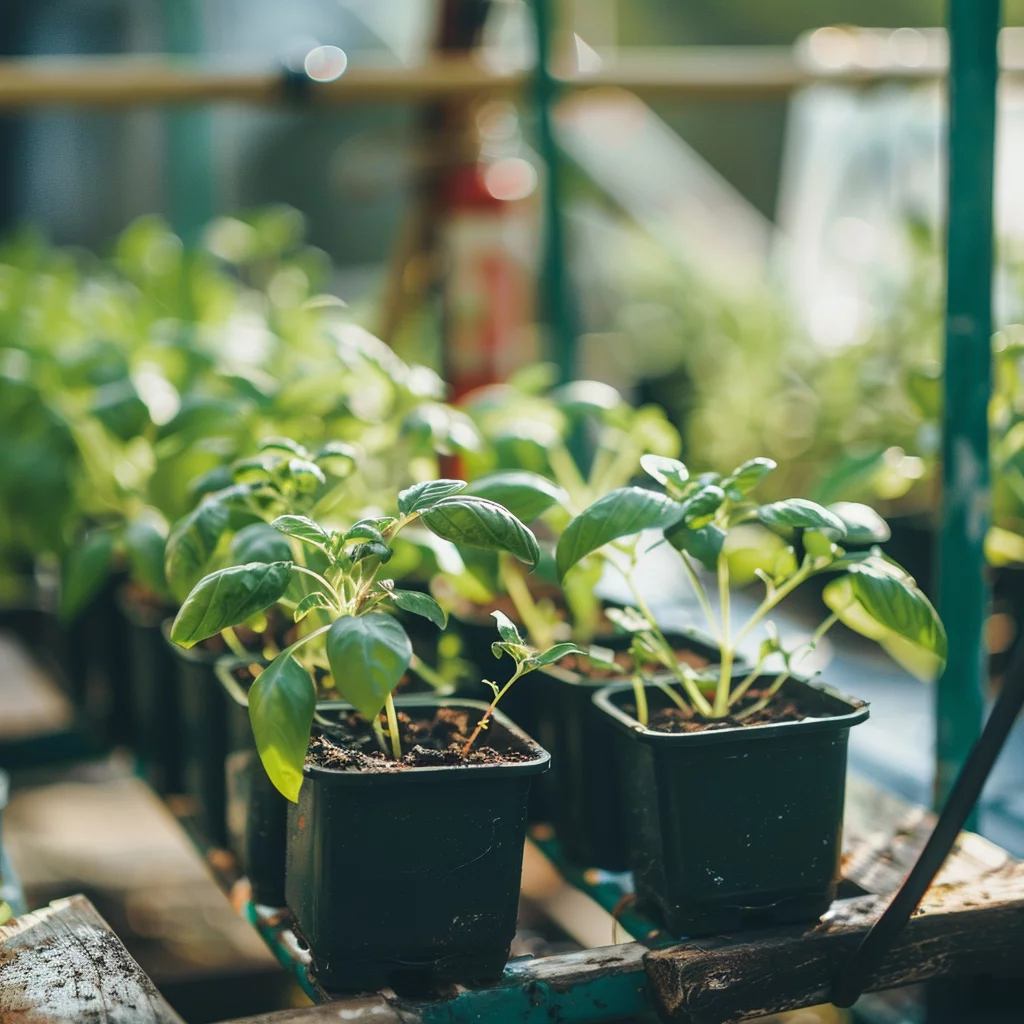
Startup Water Considerations For Hydroponic Systems
When first establishing an hydroponic operation, water factors must be planned including:
Water Supply
- Municipal drinking water – reliable and treated but may contain chloramine
- Well water – untreated so must test quality frequently
- Ponds/lakes/streams – requires filtration and pathogen treatment
Water Filtration
Hydroponic nutrient solutions require very pure water. Recommended filtration systems include:
- Sediment filters – remove particulate matter
- Carbon filters – reduce chlorine/chloramine content
- Reverse osmosis – remove minerals and impurities
- Deionization – removes minerals and ions
Water Testing
Test source water monthly for:
- Pathogens like bacteria
- Mineral content like sodium, calcium, iron
- pH and alkalinity
Nutrient Mixing
Most hydroponic nutrients are mixed with water very precisely. Accurate measurement tools are essential.
Ongoing Water Quality Management
Once up and running, the hydroponic nutrient solution must be closely tracked and managed including:
EC and pH Targets
- EC (electrical conductivity) measures nutrient concentration.
- pH affects nutrient availability for plant roots.
- Targets vary by plant type and growth stage.
Adjusting Nutrient Solutions
As plants consume nutrients, more may need to be added to the recirculating solution to maintain EC/pH targets.
Flushing Systems
Periodically flush systems by running pure water through to wash out accumulated salts and prevent toxicity.
Water Cooling Systems
Chilled water systems may be needed to counteract heat from grow lights. Ideal nutrient water temperature is 65-75°F.
Conclusion
When best practices are followed, hydroponics can use up to 90% less water than traditional soil agriculture.
Factors impacting hydroponic water usage and efficiency include:
- System design and setup (closed vs open)
- Environmental controls
- Management of nutrient solutions
- Attention to water quality
So while hydroponically-grown plants do require consistent moisture and nutrients, modern hydroponic technologies and optimized systems allow for extremely efficient water usage.
The reduction in water needs, combined with higher crop yields per square foot compared to soil, make hydroponics an effective method for sustainable food production moving forward.
